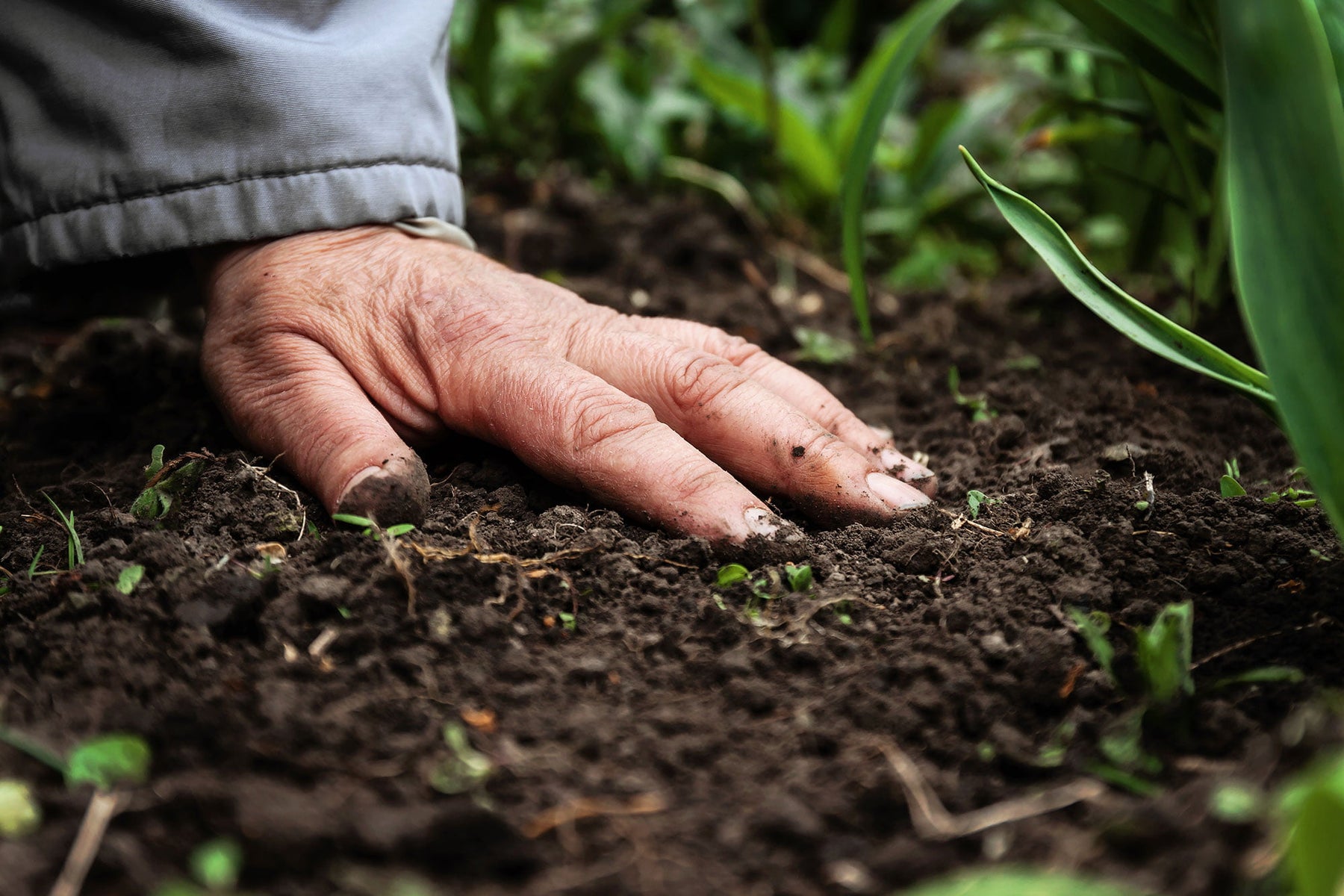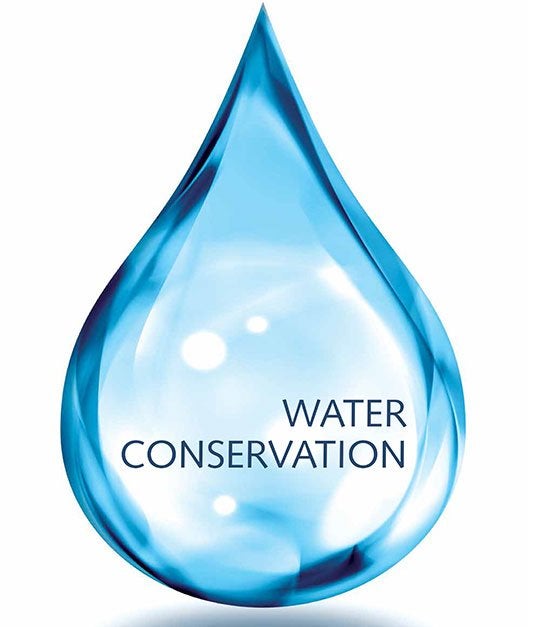News
Greening Your Grow: The Environmental Impact of Cannabis Cultivation and How to Grow Marijuana Sustainably
As the legalization of cannabis continues to spread, it’s important to consider the environmental impact of its cultivation. Growing marijuana can have a significant carbon footprint and negative effects on the environment if not done sustainably. In this article, we’ll explore the environmental impact of cannabis cultivation and provide tips on how to grow marijuana sustainably.
The Environmental Impact of Cannabis Cultivation
The environmental impact of cannabis cultivation is an important issue that cannot be ignored. Indoor grows require significant amounts of energy to maintain a controlled environment, which can result in high electricity usage and a considerable carbon footprint. In addition, the use of artificial lighting, air conditioning, and ventilation systems can further exacerbate the problem. Outdoor growth, on the other hand, can harm the land if not done responsibly. Clearing land for cultivation, soil erosion, and water usage are all concerns that must be addressed. Moreover, the use of pesticides and fertilizers can contaminate soil and water sources, potentially harming local wildlife and the surrounding ecosystem. Growers need to take a more sustainable approach to cannabis cultivation to minimize its environmental impact.
Sustainable Growing Practices

Sustainable growing practices are crucial to reducing the environmental impact of cannabis cultivation. One of the most effective ways to reduce the carbon footprint of growing cannabis is to use renewable energy sources such as solar power. By switching to solar panels or other renewable energy sources, growers can significantly reduce their energy consumption and greenhouse gas emissions.
Another sustainable practice is to use natural pest control methods such as ladybugs, praying mantises, and neem oil. Chemical pesticides and herbicides can harm soil health and the environment, so it’s important to avoid them whenever possible. Additionally, growers can choose to use organic fertilizers and soil amendments to improve soil health and reduce the use of synthetic fertilizers.
To conserve water, growers can implement efficient irrigation systems and collect rainwater. Drip irrigation systems and micro-sprinklers are both effective ways to reduce water usage and ensure that plants receive the right amount of moisture. Collecting rainwater in barrels or cisterns is also a great way to reduce water usage and conserve resources.
Adopting sustainable growing practices is an important step toward reducing the environmental impact of cannabis cultivation. By using renewable energy, natural pest control methods, and efficient water usage techniques, growers can help protect the environment and create a more sustainable future for the industry.
Soil Health

Soil health is a crucial aspect of sustainable cannabis cultivation. The use of chemical fertilizers and pesticides can lead to soil degradation and contamination of surrounding areas, causing harm to the environment and human health. Therefore, it’s important to adopt organic and sustainable farming practices that maintain soil health. One way to achieve this is through the use of organic fertilizers, which can provide the necessary nutrients without damaging the soil’s natural ecosystem. Additionally, crop rotation can help to prevent soil depletion and reduce the risk of pests and diseases. Cover crops, which are planted in between growing seasons, can also improve soil fertility by fixing nitrogen and preventing erosion. By implementing these sustainable soil practices, growers can not only protect the environment but also produce higher-quality cannabis crops.
Water Conservation

Water conservation is an important aspect of sustainable cannabis cultivation. The amount of water used in cannabis farming can vary depending on the method of cultivation and the climate of the region. However, in many areas where cannabis is grown, water resources are limited, and it is essential to use water efficiently. Growers can implement various water conservation techniques to reduce their water usage. For example, drip irrigation can help reduce water waste by delivering water directly to the roots of the plant. Mulching can help to conserve moisture in the soil and reduce the need for watering. Using drought-resistant strains can also help to reduce water usage, as these plants require less water to grow. Additionally, the use of rainwater collection can significantly reduce water usage, as rainwater can be collected and stored for use during dry periods. By implementing these techniques, cannabis cultivators can reduce their impact on the environment and contribute to a more sustainable future.
Waste Reduction
Waste reduction is an essential aspect of sustainable cannabis cultivation. The process of growing cannabis can generate a considerable amount of waste, including plastic containers, soil, water, and energy usage. Indoor grows tend to produce more waste compared to outdoor cultivation due to the need for artificial lighting, heating, and cooling. To reduce waste, growers can implement recycling programs, such as repurposing soil and using sustainable packaging materials. Composting is another effective way of reducing waste and can help create nutrient-rich soil for future cannabis crops. Growers can also reduce their overall energy usage by implementing energy-efficient technologies, such as LED lighting and advanced HVAC systems. By taking steps to reduce waste, cannabis growers can help minimize their environmental impact and promote sustainable cultivation practices.
Compliance with Environmental Regulations
Compliance with environmental regulations is critical for cannabis cultivators to minimize their environmental impact. In the US, cannabis cultivation is regulated by both federal and state laws, with specific rules around environmental sustainability. For example, cultivators must dispose of hazardous materials such as pesticides, fertilizers, and solvents properly. They must also minimize their water usage, which can be a challenge in areas where water is scarce. Cultivators can use water-saving techniques such as drip irrigation and rainwater harvesting to conserve water. Additionally, utilizing renewable energy sources such as solar or wind power can reduce greenhouse gas emissions and help minimize the carbon footprint of cannabis cultivation. Compliance with environmental regulations not only helps protect the environment but also ensures that cultivators avoid fines and legal issues that can arise from non-compliance.
The Importance of Sustainable Cannabis Cultivation
Growing cannabis sustainably is essential for reducing its impact on the environment. By adopting sustainable practices such as utilizing renewable energy, maintaining soil health, conserving water, reducing waste, and complying with regulations, growers can help ensure a greener future for the cannabis industry. As consumers, we can also play a role in promoting sustainable practices by choosing products from environmentally conscious cultivators.


